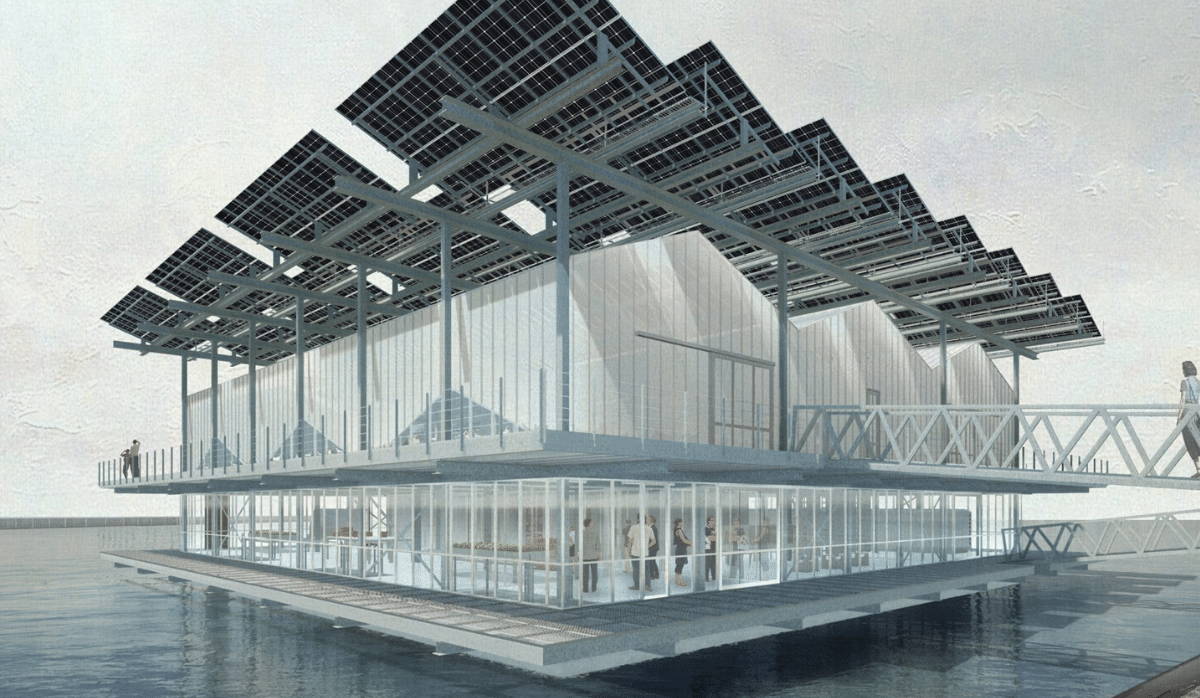
Innovative Uses of Metal in Sustainable Building Design:
Innovative building design means more than just looking to the future. It also includes looking to the past and being resourceful with what we already have. The key to sustainable building design is finding innovative ways to work with existing materials, and metal is one of those materials. Metal can be used in an array of forms, from steel beams to sheet metal siding, and each has its advantages and drawbacks in terms of cost, longevity, and energy efficiency.
In this article, we’ll explore some of the most innovative uses of metal in sustainable building design and some practical tips on incorporating it into your projects. By the end of this article, you’ll better understand how metal can be a powerful tool for bringing your sustainable building ideas to life.
The Role of Construction Metal in Sustainable Building Design:
When creating a sustainable and efficient building, metal should be at the top of your list when considering materials. You know all about the power of steel and other construction metals, but did you know that metal also has a place in sustainable building design?
Metal has many innovative uses in a structure’s interior and exterior. For example, metal can create wall panels, roofing products, and solar shading screens. Metal is also often used in pipe insulation and radiant floor systems to help reduce energy loss.
Metal can also create structural components that are light but still strong enough to last years. Even something as simple as fasteners made of steel or iron can help sustain the integrity of a structure over time.
By choosing metal products when building a more sustainable structure, you’re helping conserve resources, but you’re also helping ensure your building will stand the test of time and weather.
How Metal Construction Materials Support Sustainable Design Goals?
Incorporating metal construction materials into sustainable building design helps you achieve your goals in ways other materials can’t. Metals are durable and long-lasting, allowing them to support more significant structures. And because they’re light in weight and easy to transport, they reduce the energy needed for shipping and installation.
These properties also make metals a desirable choice for buildings requiring large spans since they can be manufactured in large sections, eliminating the need for multiple framing pieces. Additionally, thanks to their minimal carbon footprint and recyclability, these materials have an additional environmental advantage.
Metal also gives you more design flexibility than other materials. By nature, metals are strong and flexible, allowing for various shapes and sizes, ideal for forming complex curves or long spans. So you can let your creativity run wild with metal construction materials.
The Durability of Metal for Sustainable Building Design:
When we talk about sustainability in building design, durability is a critical factor that comes into play. And when it comes to durability, architectural metals is hard to beat. It won’t rot, warp, sag, or twist over time, so you can rest assured that your sustainable building will last for years.
Plus, metal is made from natural resources that can be renewable, like steel, which is made mainly from recycled materials. That means you’re not depleting our planet’s finite resources with every structure you create. Talk about an economical and ecological win-win. Metal’s other advantages include:
Strength: Metal has a superior strength-to-weight ratio compared to other materials, and it doesn’t shrink or expand with temperature changes like wood does.
Low maintenance: Metal requires very little maintenance compared to other materials like wood or stone.
Fire resistance: Metal has a high melting point and is generally fireproof.
Insulation: Metal naturally reflects heat away from the building.
Metal Roofing and Wall Systems in Sustainable Building Design:
Metal roofing and wall systems provide a sustainable solution for modernizing the look of your building and making it more energy-efficient. Metal is an excellent choice for sustainable building design, as it is durable, lightweight, and can be recycled or reused repeatedly.
When you opt for metal roofing and wall systems, you’ll get several advantages that you won’t get with other materials. Here are a few reasons why metal is the perfect choice for sustainable building design.
On-site fabrication:
One of the key advantages of using metal in sustainable building design is that it can be easily fabricated right on the job site. This means you don’t have to worry about transporting heavy materials or bulky pieces, as everything can be cut to size as needed. This makes creating custom pieces and unique designs easy while minimizing waste.
Energy-efficiency:
Metal roofing and wall systems are incredibly energy efficient, meaning they help keep your building cooler in the summer and warmer in the winter. This helps reduce energy bills in residential and commercial settings, making them an economical choice for sustainability. The reflective nature of metal roofs also helps reduce heat absorption from nearby buildings or solar panels.
Durability:
Metal is one of the most durable materials in construction projects. It’s strong enough to withstand various weather conditions and wear and tear from daily use. Installing metal roofing and wall systems means you’ll get years or even decades worth of value from your investment, making them an ideal choice for long-term sustainability.
